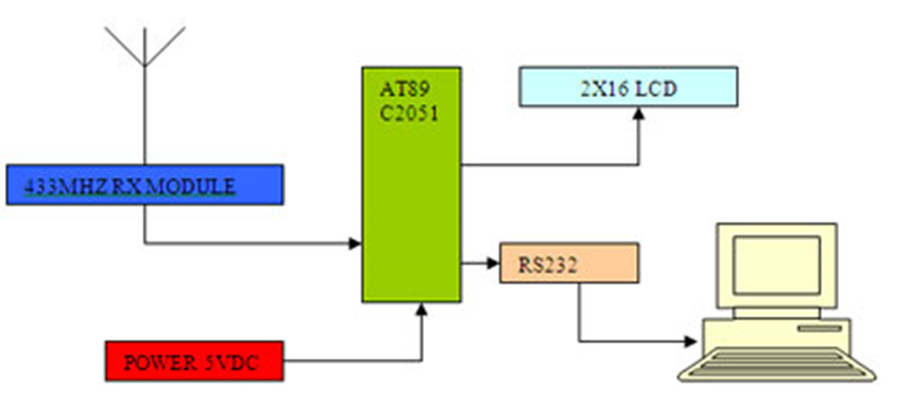Like passive RFID tags, active RFID tags have both a microchip and an antenna. The chips, however, are usually larger in size and have greater capabilities than the RFID chips in passive tags.
Active tags have two additional components that differentiate them from passive tags: an on-board power supply and on-board electronics.
The power supply is usually a battery, although it can also be solar. The built-in power supply allows the tag to transmit data to a reader on its own, without the need to draw power from the reader itself like passive tags do. In addition, active tags can be read from distances of 100 feet or more, whereas passive tags can only be read from up to about 20 feet.
On-board electronics may consist of sensors, microprocessors, and input/output ports, all of which are powered by the tag’s on-board power source. The electronics allow active RFID tags to be used in a wider range of applications than passive tags. For example, perishable food products may be tagged with sensors that collect data that can then be used to determine expiration dates and warn the end user that the item may be spoiled. Even though many products have expiration dates printed on them, these dates are valid only if the product is stored under the optimal conditions (temperature, humidity, exposure to light, etc.) for that type of product. Thus, the product may expire before the printed date if it is not stored properly. An RFID tag equipped with a temperature sensor might be able to predict the actual expiration date of a carton of milk, for example, which may be very different from the printed date.
If you have any question about RFID products, please feel free to email us:info@cxjrfidfactory.com or call us directly:86 13510271993






